1.0 Introduction: Visual Effects Thesis
VFX TECHNICAL THESIS
These posts are an adaptation of my undergraduate thesis paper.
What exactly did I do for my thesis project in school? I often wonder about that myself! I had a difficult time figuring out what I wanted to do because I was interested in exploring and testing various visual effects processes.
The camera shootout project I completed the previous year greatly influenced my approach to my thesis. Instead of trying to revolutionize the VFX industry, I decided to compare different methods and test the limits of each technique. As an MPS student, I couldn't simply be the VFX supervisor on several thesis films; the program requirements for the degree needed more depth.
Looking back, I wish I had started with smaller, more specific ideas. I initially wanted to do too many things, so I ended up covering the following topics:
Mirror ball: What is it? And what do I do with it?
Panosphere: What is it? And how is it different than the Mirror ball?
Photogrammetry as an alternative to modeling: This could have been a project on its own!
HDRI lighting: From on set to post production
My project was somewhat unorganized, as I figured things out along the way. But, I believe that's part of the learning process!
At RIT, few students are interested in visual effects. Although many take the elective, not all intend to pursue VFX careers (a lot of animators take it because it is extremely helpful with their work). So, when I encountered underclass students with a genuine interest in VFX, I tried to involve them.
One challenge of large school projects is
• producing quality work
• meeting requirements, and
• achieving a good grade
• all in a short time.

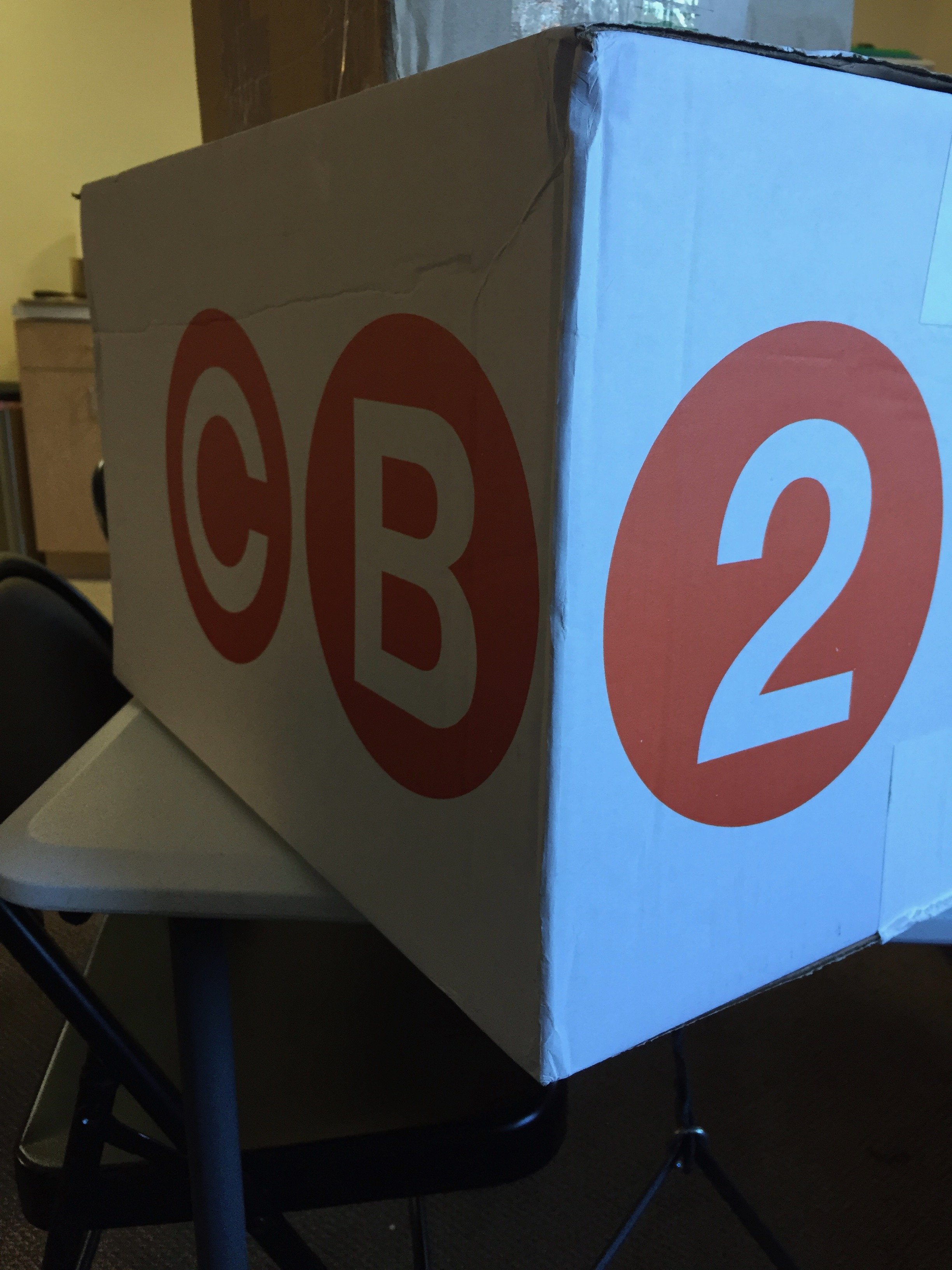




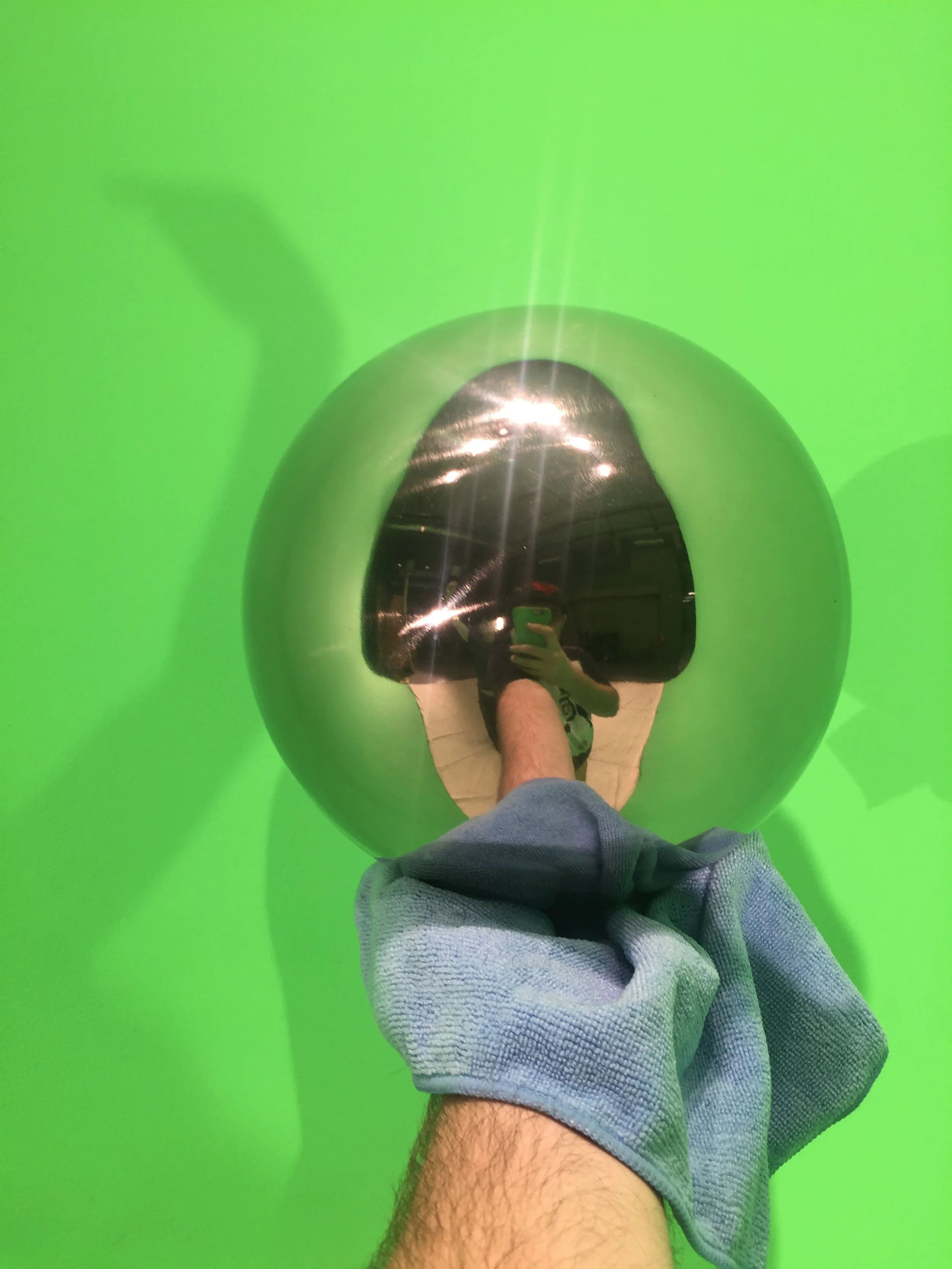
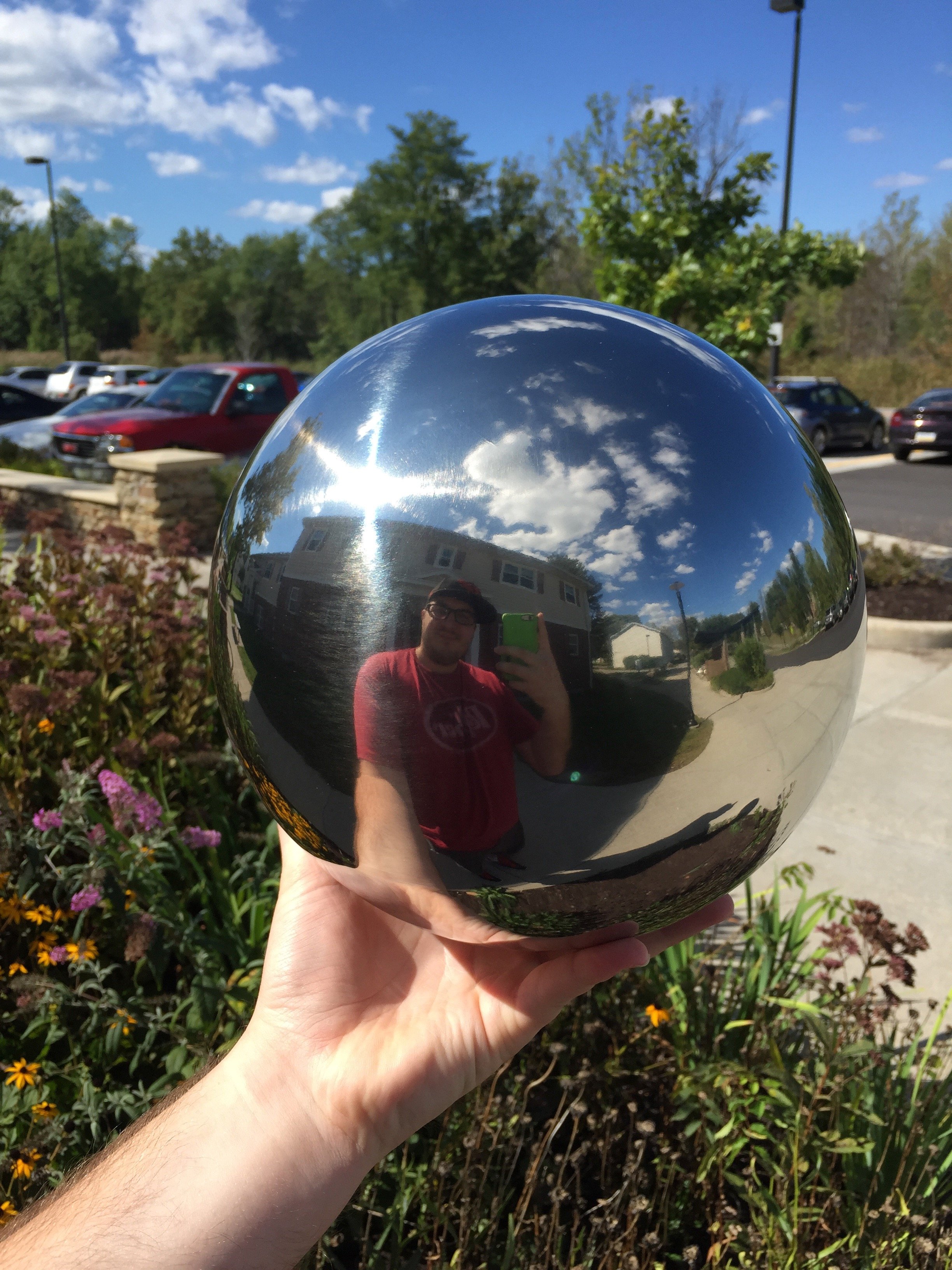


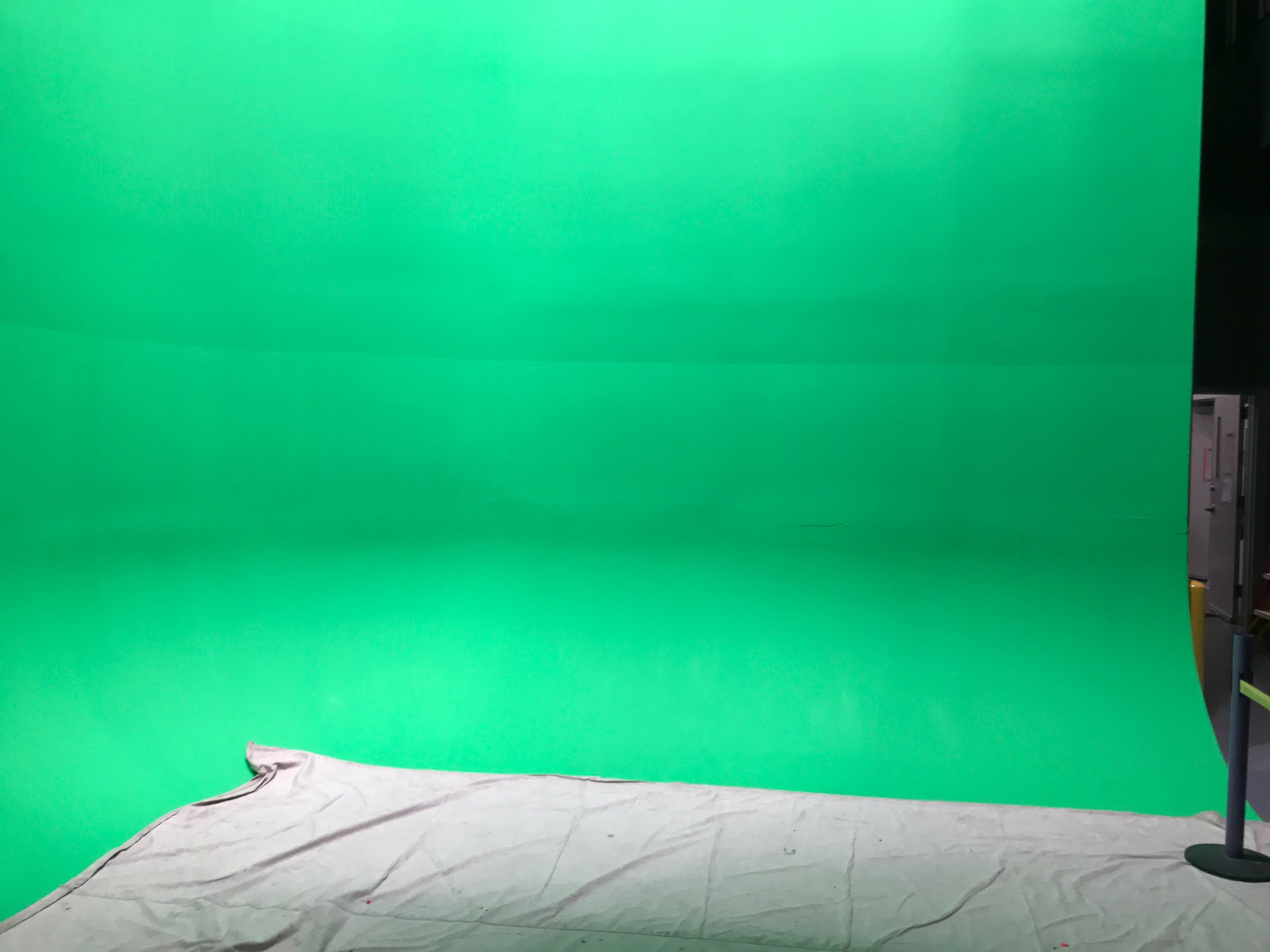
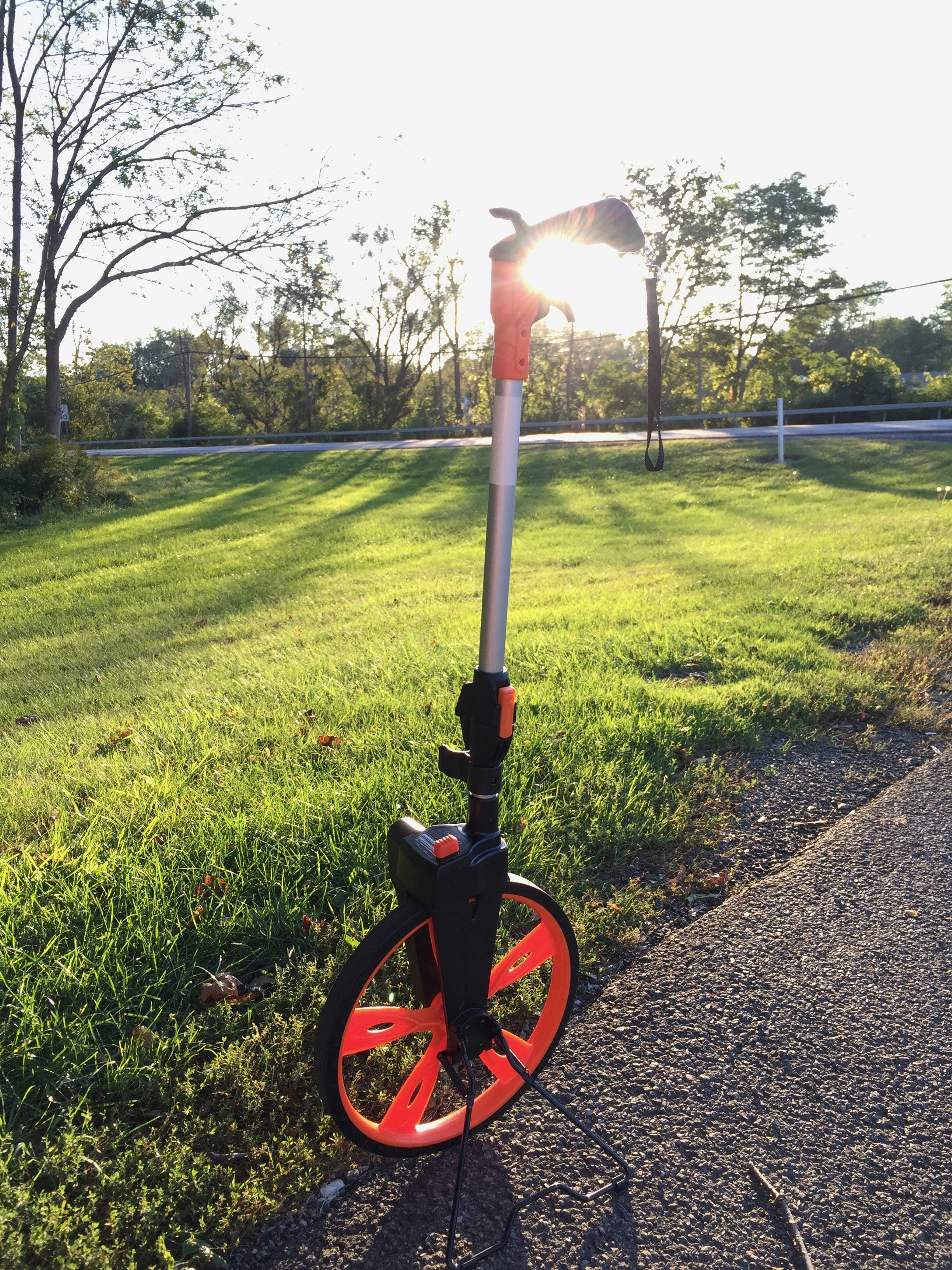

I tend to find that usually something must be sacrificed; and for my project, it was a good end product. Nevertheless, I learned a lot and successfully earned a good grade. I focused on the research and ensuring my project components were well-organized. Writing the paper was tricky due to my project's fluid nature, but I knew for certain that I wanted to explore the chrome ball and panosphere.
I aimed to understand why they are used, how to shoot them, and how they actually work. I conducted extensive research because at the time there was limited information available on the subject. Even now, at the time of writing this blog format (2018), there is little information on the topic. There are guides on how to shoot them, and what they are used for, than the science behind their functionality.
[In migrating this website to a newer version in 2023, there is still not much on the subject. If you google “What is a Chrome Ball?” or “How do you shoot a Chrome Ball?” this website is one of the top hits. In all the time I have had my portfolio website up, I have been shocked at how many hits my chrome ball pages get, not just in the United States, but globally. Some of the content I found in my research for this project is no longer on the internet.]
As you will discover in the next post, I consulted with several of my professors to figure out why the chrome ball works; and after piecing together the information it totally made sense. This led me to compare the chrome ball with the panosphere.
I dedicated most of my time to photogrammetry and achieving a successful stitch. This effort could have been its own thesis project and distracted me from my goal: replacing an actor in a scene seamlessly. Spoiler alert: you can totally tell the difference. I had an intense final week of the spring semester trying to piece everything together.
However, I'm not blaming this for my project's shortcomings. I was more interested in the process and learning from my mistakes for future applications.
Since my thesis was a scientific research paper, I've modified it to fit this website, omitting some parts and adding others that didn't fit the original paper. This technical blog allows me to include photos, videos, and interactive 3D models.
Unlike the Camera Shootout Technical Blog, I want this series to be more instructional and tutorial-based rather than just informative. Some posts will resemble tutorials, while others will provide descriptions of my thesis project's components.




